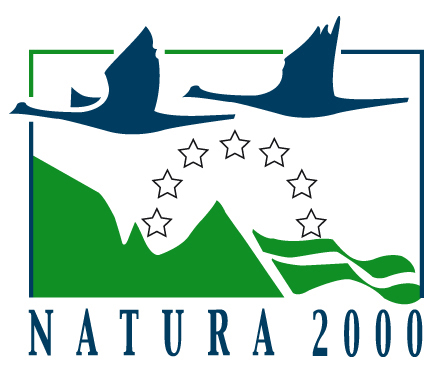The business society often believes that protected areas destroy the possibility to develop economically. That is not necessarily true when it comes to Natura 2000 sites, however, one needs to take in consideration all aspects before starting with investment or the influences the protected area has on existing business.
Although the sites of Natura 2000 will not be official until we become a member of the European Union it is good to take the proposed sites in consideration while planning a business, especially if it means interfering with the existing nature.
According to experiences in member states of the EU, prior to larger development projects, assessing sustainability needs for the ecological network should take place. If this assessment is positive, although it is in Natura 2000 site, the intervention is allowed. This is due to the reason that Natura 2000 supports the principles of sustainable development and it doesn’t have the goal to halt the development activities but to set standards so that they can take place while preserving biodiversity. However, if the impact assessment shows significant negative impact of the investment, in principle it can’t be carried out, unless the following situation occurs:
- the social and economic requirements justify the investment,
- there are no alternative solutions,
- environmental compensation is paid.
This means that interference in the Natura 2000 will not be possible, unless there is no alternative and the investment is absolutely necessary from the social needs point of view. In this case nature is harmed, compensation needs to be made so that balance in nature can be restored. In case the alternatives are technically difficult or expensive doesn’t mean that the investors can go ahead with the investment. Natura 2000 doesn’t establish prohibition like in other forms of protection of nature, such as the national parks, but it is based primarily on limiting the actions that may significantly worsen the condition of natural habitats and the habitats of plants and animals as well as the negative impact on the species for which protection has been designated in a Natura 2000 site.
The investor should deal with Natura 2000 aspects from the concept stage, while searching the location, which should be least harmful to the environment, and specifically to the natural heritage elements that we want to keep intact. Unfortunately, such collisions are inevitable in many cases. This especially refers to infrastructure such as roads, railway and power lines etc. The choice of a particular route is determined by number of factors, such as obstacles, current state of development and the principles of nature and landscape protection. When it comes to Natura 2000, the implementation of such investments is possible only provided that:
- there is an overriding public interest,
- there is no reasonable alternative to the chosen variant of investments,
- the investor provides ecological compensation.
Before applying for a licence, the investor must demonstrate that he took into account all possible variants of the project, and identified all places where they could result in damaging the environment. This information should be included in the report on the environmental impact statements that is prepared for the investment. This report will be assessed by the competent authority, the Ministry of Environment and Physical Planning, which selects the investment that will cause least damage to the environment. This procedure must be carried out with the participation/involvement of the concerned citizens. However, as our country is not yet part of the EU, those procedures will become applicative at a later stage.
In addition, one can create business from Natura 2000 by utilization of the fact that such areas draw tourists due to the fact that they are located where the nature is preserved. Also, brands can be created from things that grow in such areas.



